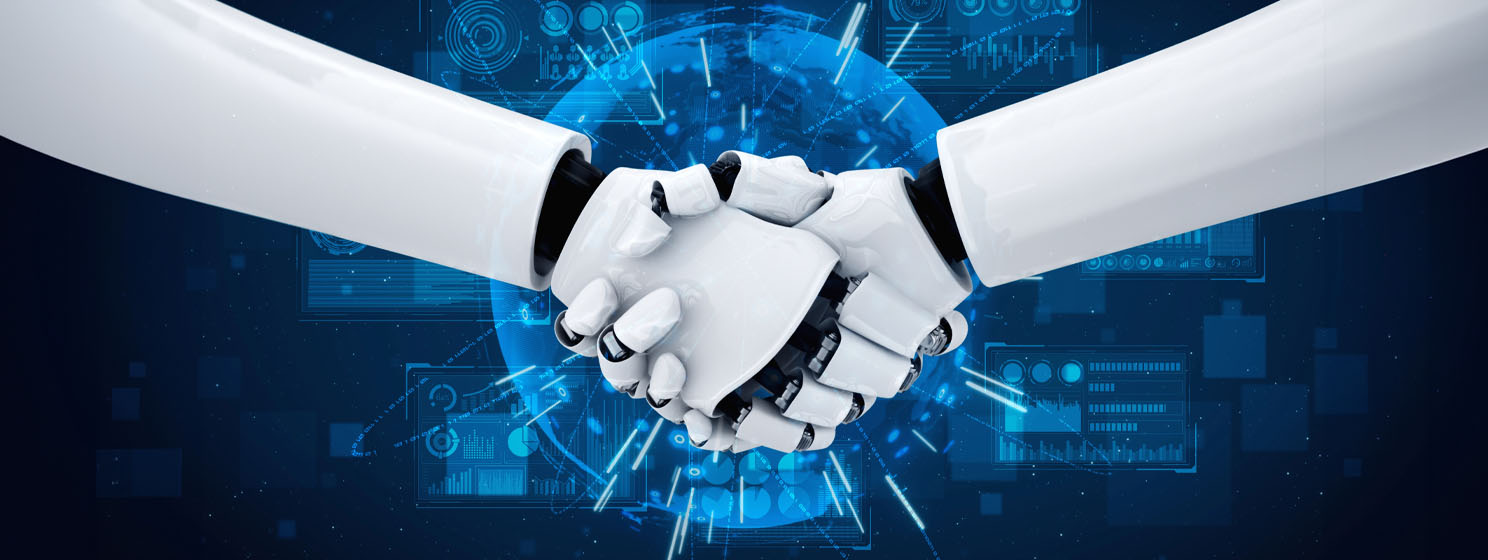|
Getting your Trinity Audio player ready...
|
As artificial intelligence (AI) continues to gain significant steam, BRICS member states China and Brazil have signed a deal to collaborate on an agricultural and conservational use case.
Representatives of both countries confirmed the bilateral partnership on the sidelines of the annual BRICS conference in Rio de Janeiro. The center’s first project will revolve around the launch of an AI laboratory dedicated to supporting subsistence farming.
The AI lab is a joint project between Brazil’s National Semi-Arid Institute (INSA) and the China Agricultural University. INSA Director José Etham Barbosa confirmed that parties will explore AI integrations into farming equipment used in small-scale farming, promoting efficiency and increasing yield.
“We are bringing together various institutions to advance technology transfer, promote well-being, and embed these technologies into machinery for environmental and soil monitoring so that we can transform the semi-arid region through this partnership,” said Barbosa.
Brazil and China have large swathes of semi-arid land, containing millions of residents, with 11% of Brazil’s land characterized by sparse vegetation. The parties will set up a working group to identify key areas requiring urgent innovation while streamlining efficient technology exchange.
Ambitious plans to establish more research centers in China and Brazil to achieve the collaboration’s key objectives are underway. Both countries also said they would integrate AI with other advanced technologies to further support industrial innovation.
Trade war with the United States have left Chinese firms blacklisted from accessing high-performance semiconductors required to train its AI systems.
To sidestep the issues, China is turning to international partnerships, deepening ties with Russia and other BRICS member states. Furthermore, China is making bold steps to address its semiconductor shortages, building new fabrication plants from scratch and doubling down on AI research.
Meanwhile, Brazil has made significant progress with AI, particularly in the areas of regulation. Brazilian regulators have established clear rules for AI companies, supporting the mainstream adoption of the technology across key sectors of the economy.
AI extends its footprint in agriculture
Experts are predicting a spike in AI utility in agriculture, with one report predicting a $10 billion surge in the industry’s market capitalization by 2032. Government-backed initiatives are tipped to be the largest growth drivers, with Thailand launching an AI agriculture app with emerging technologies at the core.
In one use case, Japanese enterprises are turning to AI-powered robots for various farm operations. The robots are racking impressive levels of success in harvesting operations with pundits predicting the wholesale application of AI robots in commercial farming operations.
China eyes AI alliance with AustraliaAmid Donald Trump’s polarizing trade war, Australia and China are inching toward inking new bilateral agreements in the coming days, with the Asian superpower considering the possibility of increased AI collaboration.
Australian Prime Minister Anthony Albanese is scheduled to visit China to strengthen economic ties between both nations. Bilateral relations between China and Australia previously reached their lowest point under former Liberal Prime Minister Scott Morrison.
Albanese’s visit is expected to expand the terms of a 10-year-old free-trade arrangement between both parties. Top Chinese diplomat in Australia, Xiao Qian, revealed that the Chinese delegation will focus on traditional sectors while eyeing emerging sectors like AI and green energy.
Australia has inked similar emerging technology deals with India and other regional allies, with Xiao eyeing a similar arrangement with China in the coming days. In particular, Chinese diplomats are keen on signing clauses involving technology sharing and AI commercialization opportunities.
However, Australian pundits say a full AI collaboration with China faces a steep uphill climb given the inherent national security and data sovereignty issues. University of New South Wales (UNSW) Professor Toby Walsh disclosed that an AI collaboration is not a straightforward affair like other trade agreements.
While the Chinese diplomats will push for the influx of China-made AI models in Australia, Walsh predicts that the Australian delegation will balk at the inclusion of the clause. However, the AI expert notes that there are still areas of potential AI partnerships between China and Australia, highlighting talent exchange programs.
“It’s about exchanging people, it’s training, it’s us going to work with them and them coming to work with us,” said Walsh.
Australia doubles down on AI utility
Australia is keeping pace with the rest of the world in terms of AI innovation and applications. Earlier, the Australian military rolled out high-level AI solutions for national defense, integrating the technology in its military supercomputer.
Furthermore, the private sector is extending a warm embrace toward AI, with ClimateForce and NTT Group leaning on the technology to protect the Daintree Rainforest from ecological dangers. Australia has received major investment from Microsoft (NASDAQ: MSFT) and Amazon (NASDAQ: AMZN) to boost its AI and cloud capabilities via the expansion of data centers across the country.
In order for artificial intelligence (AI) to work right within the law and thrive in the face of growing challenges, it needs to integrate an enterprise blockchain system that ensures data input quality and ownership—allowing it to keep data safe while also guaranteeing the immutability of data. Check out CoinGeek’s coverage on this emerging tech to learn more why Enterprise blockchain will be the backbone of AI.
Watch: Demonstrating the potential of blockchain’s fusion with AI

 01-02-2026
01-02-2026 




